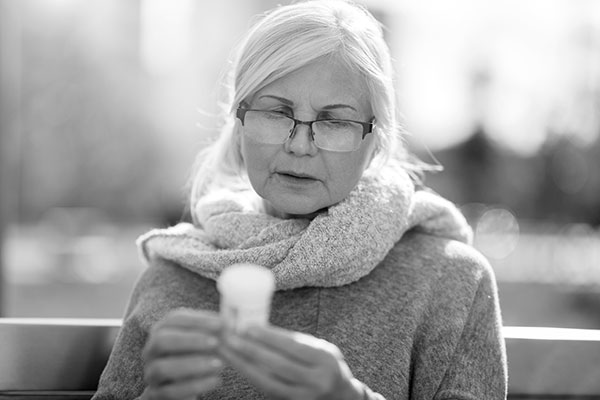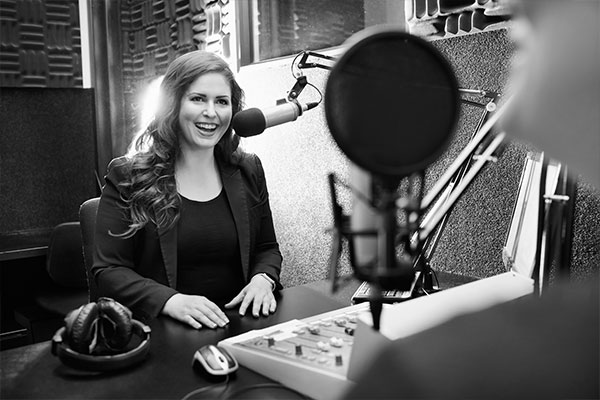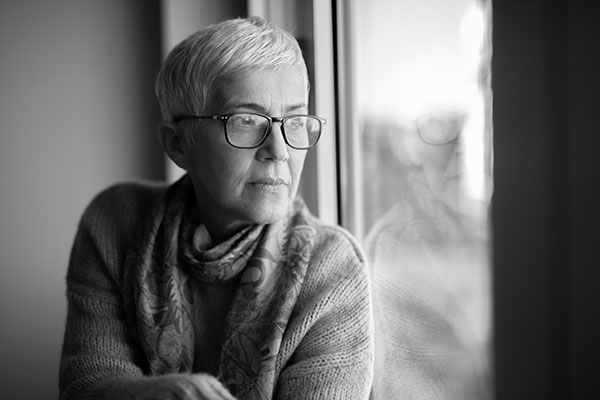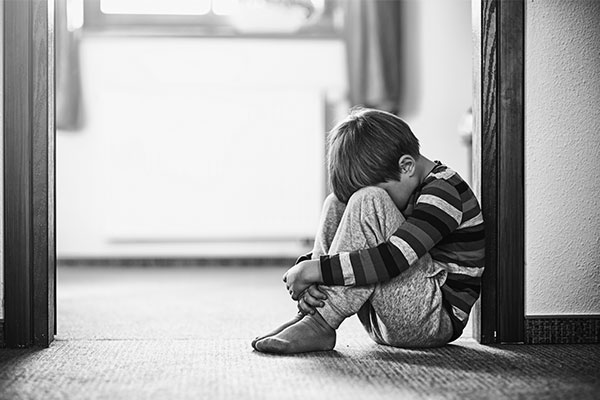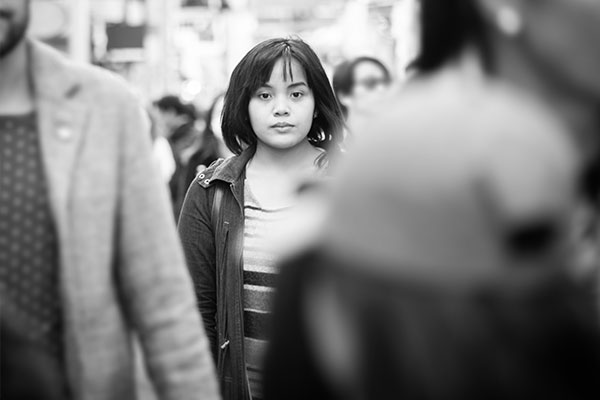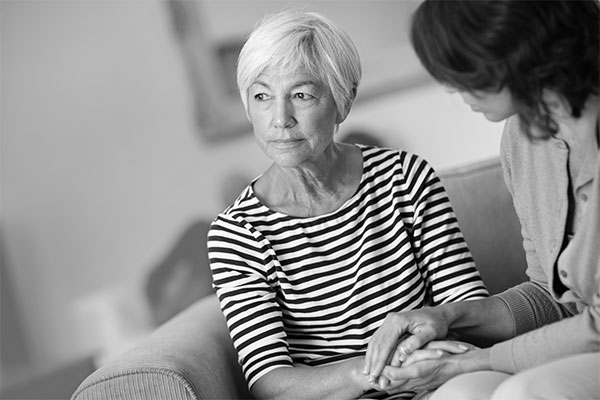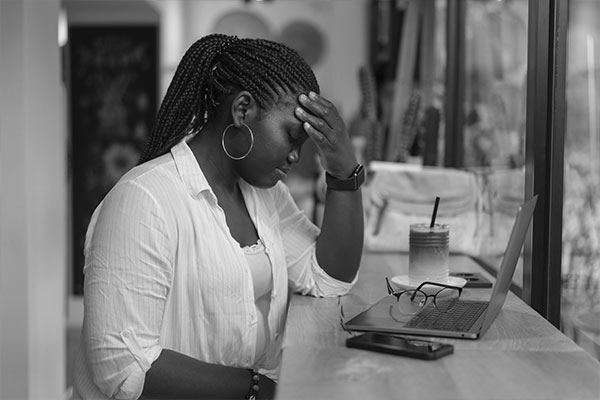Depression in Women

Contrary to popular belief, clinical depression is not a “normal part of being a woman” nor is it a “female weakness.” Depressive illnesses are serious medical illnesses that affect more than 19 million American adults age 18 and over each year. 1 Depression is a treatable medical illness that can occur in any woman, at any time, and for various reasons regardless of age, race or income.
Prevalence
- Approximately 12 million women in the United States experience clinical depression each year. 2
- About one in every eight women can expect to develop clinical depression during their lifetime. 2
- Depression occurs most frequently in women aged 25 to 44. 3
Contributing Factors
- Many factors in women may contribute to depression, such as developmental, reproductive, hormonal, genetic and other biological differences (e.g. premenstrual syndrome, childbirth, infertility and menopause). 4
- Social factors may also lead to higher rates of clinical depression among women, including stress from work, family responsibilities, the roles and expectations of women and increased rates of sexual abuse and poverty. 4
Gender Differences
- Women experience depression at roughly twice the rate of men. 3
- Girls 14-18 years of age have consistently higher rates of depression than boys in this age group. 5
PMS/PMDD
- Twenty to forty percent of women may experience premenstrual syndrome and an estimated 3 to 5 percent have symptoms severe enough to be classified as Premenstrual Dysphoric Disorder (PMDD). 6
Marriage/Childbirth
- Married people have a lower rate of depression than those living alone. However, unhappily married people have the highest rates of depression; happily married men have the lowest rates. 3
- Approximately 10%-15% of all new mothers get postpartum depression, which most frequently occurs within the first year after the birth of a child. 7
Co-occurring Illnesses
- Research shows a strong relationship between eating disorders (anorexia and bulimia nervosa) and depression in women. 8 About 90-95% of cases of anorexia occur in young females. 9 Reported rates of bulimia nervosa vary from one to three out of 100 people. 6
- Research shows that one out of three depressed people also suffers from some form of substance abuse or dependence. 9
Suicide
- Although men are more likely than women to die by suicide, women report attempting suicide approximately twice as often as men. 10
- An estimated 15 percent of people hospitalized for depression eventually take their own lives. 11
Treatment
- Depression in women is misdiagnosed approximately 30 to 50 percent of the time. 12
- Fewer than half of the women who experience clinical depression will ever seek care. 13
Fortunately, clinical depression is a very treatable illness. More than 80 percent of people with depression can be treated successfully with medication, psychotherapy or a combination of both. 3
Women’s Attitudes Toward Depression
According to a Mental Health America survey 14 on public attitudes and beliefs about clinical depression:
- More than one-half of women believe it is “normal” for a woman to be depressed during menopause and that treatment is not necessary.
- More than one-half of women believe depression is a “normal part of aging.”
- More than one-half believe it is normal for a mother to feel depressed for at least two weeks after giving birth.
- More than one-half of women cited denial as a barrier to treatment while 41% of women surveyed cited embarrassment or shame as barriers to treatment.
- In general, over one-half of the women said they think they “know” more about depression than men do.





